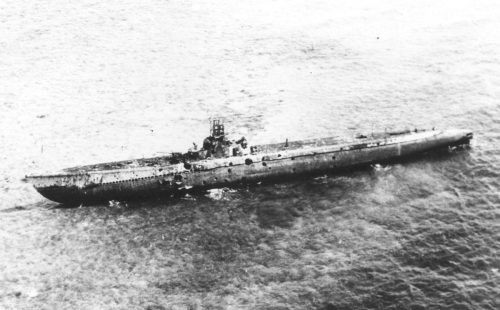I have been reading, actually rereading, a book on the origins of World War I. It is titled “The Sleepwalkers” It is a bit of a revisionist treatment of the topic which has been popularized by Barbara Tuchman and “The Guns of August which lays the blame for the war on Germany. This book does a pretty good job of assigning responsibility to two new culprits, Sir Edward Grey, who is also blamed by Pat Buchanan in “The Unnecessary War.” Buchanan blames Grey and Churchill, which I disagree with. Buchanan goes on to blame Churchill for WWII, as well but I think he has a good argument with Grey about WWI.
What is striking to me on this rereading, is the role of the bureaucracies of several countries. Many know of the willfulness and erratic behavior of Kaiser Wilhelm. His ministers often did not inform him of serious matters, lest he impulsively make them worse. A gross example was “The Daily Telegraph Affair.” In this example, the Kaiser wrote a letter to then English newspaper making some extreme statements. His ministers were horrified.
The Russian Czar was equally erratic and his ministers frequently maneuvered to discourage his role in foreign affairs.
What seems to me to be new insight concerns the English and French bureaucracies. Edward VII had been a Francophile and Germanophobe and had encouraged The Entente Cordiale with France and Russia. Edward died in 1910, leaving his son George V on the throne. George V was new, uncertain and left foreign affairs in the hands of his Foreign Minister Sir Edward Grey. Grey was a quiet, seemingly passive man but he was also a bureaucratic manipulator. He was a Germanophobe and had a collection of like minded men in the foreign office. The worst of the Germanophobes was Eyre Crowe born in Germany and spoke with a German accent but a Germany hater. Grey’s policy was not popular with other Liberals in government so he kept the policy of alliance with France vague right up until 1914. He denied the existence of an alliance with France right up to the declaration of war. As for Crowe:
He is best known for his vigorous warning, in 1907, that Germany’s expansionist intentions toward Britain were hostile and had to be met with a closer alliance (Entente) with France.
Crowe organized the Ministry of Blockade during the World War and worked closely with French President Georges Clemenceau at the Supreme Council at the Paris Peace Conference in 1919.
Lloyd George and Crowe’s rivals in the Foreign Office tried to prevent Eyre’s advancement but as a consequence of his patronage by Lord Curzon, Eyre served as Permanent Under-Secretary at the Foreign Office from 1920 until his death in 1925.
A similar group in France ran the foreign Ministry and was referred to as the “Centrale.” The French government was as unstable as it was before WWII and for the same reasons. Weak parties and weak Foreign Ministers who came and went, often in months not years. The man who was the center of this system was Maurice Herbette. There is very little about this man in English sources. He apparently controlled the Foreign Ministry’s public communications and very nearly caused a war with the Agadir Crisis of 1911.
The point of this discussion of history is that we have a similar situation in this country right now. We have a weak, very weak, president in Joe Biden who is senile and who is being controlled by someone mysterious. The Deep State is a term used to describe the federal bureaucracy and probably includes a network of rich corporatist donors who control the Democrat Party.
The faceless bureaucrats of 1914 botched the crisis the followed the assassination of the heir to the Austro-Hungarian throne. Yes, the Serbian Black Hand created the crisis and there has been much discussion of the competence of the “Three Emperors” who ruled the main belligerents, but the real rulers of these three countries plus republican France were unknown (to the public), unelected bureaucrats who might well have resembled the people running Joe Biden.
